Escape Campania's tourist hotspots and explore the unspoilt hilltop towns and fishing villages of this exciting wine region.
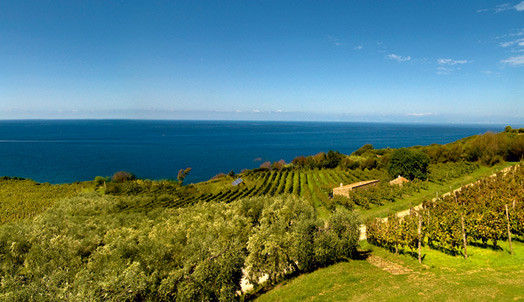 Image: Vineyard of Sangiovanni at Cilento © Sangiovanni
Image: Vineyard of Sangiovanni at Cilento © Sangiovanni
Cilento fact file:
Planted area: 2,000ha
Main grapes:
White: Fiano, Falanghina, Greco, Trebbiano, Malvasia, Santa Sofia
Red: Aglianico, Piedirosso, Barbera, Primitivo
Appellations: Cilento DOC, Paestum IGT
Main soil types: Flisch, a post-volcanic clay and limestone combination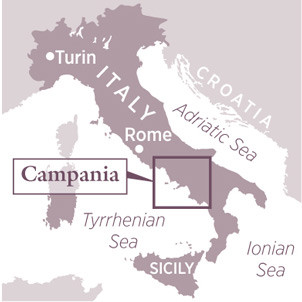
Introduction:
The bounties of the Campania region go well beyond Naples and the stunning (but often touristy) Amalfi Coast. While the wines of the province of Avellino – including its three DOCGs, Fiano di Avellino, Greco di Tufo and Taurasi – are gaining global recognition, and wines from Vesuvio, Caserta and Benevento are becoming better known too, the province of Salerno has less well-known treasures to explore.
In Cilento, the most beautiful yet relatively undiscovered southern part of the region, a handful of fine producers are raising the bar for wines of local grapes Fiano, Aglianico and Piedirosso. The grey-green Cilento hills begin south of Salerno and stretch down from Paestum to Sapri, where they meet the region of Basilicata near Maratea. They’re a central part of the Parco Nazionale del Cilento e Vallo di Diano, Italy’s second-largest park and a UNESCO World Heritage Site. The park was established to protect this spectacular landscape from mass tourism and speculative building.
To many the Cilento landscape is reminiscent of Tuscany or Umbria before they were gentrified: all sloping olive groves and vineyards interspersed with small fields of chickpeas, tomatoes or fig trees. The native and noble pale Podolica cow is comfortable with the area’s dry summers, and grazes in the macchia mediterranea – the natural scrub that grows wild here as throughout southern Italy. It’s rich with wildflowers and aromatic plants: wild fennel, thyme, rock-roses and the ‘strawberry tree’, whose perfumed flowers are the source of the bees’ bitterest honey, here called corbezzolo. It goes surprisingly well with mature cheese, though not perhaps with the delicate ricottas of cow or buffalo milk that are produced in this area. Look for the Cilento’s unique mozzarella nella mortella: hand-stretched cow’s milk cheese wrapped in scented myrtle branches.
Translated by Sylvia Wu / 吴嘉溦
All rights reserved by Future plc. No part of this publication may be reproduced, distributed or transmitted in any form or by any means without the prior written permission of Decanter.
Only Official Media Partners (see About us) of DecanterChina.com may republish part of the content from the site without prior permission under strict Terms & Conditions. Contact china@decanter.com to learn about how to become an Official Media Partner of DecanterChina.com.

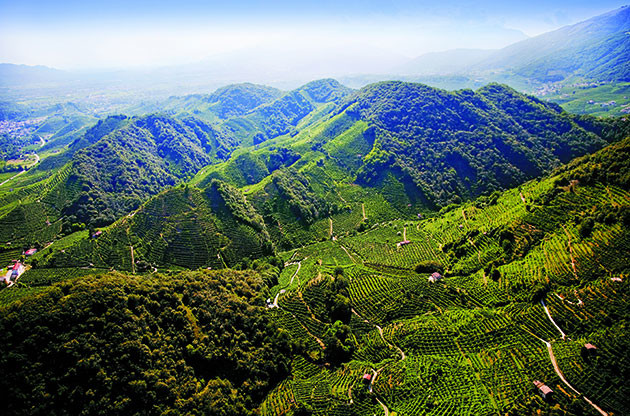
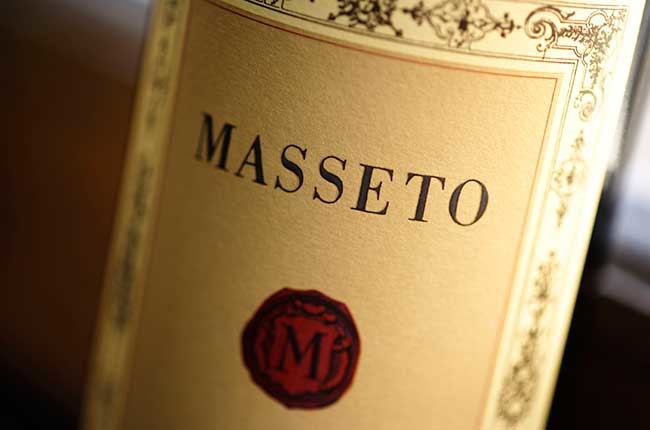
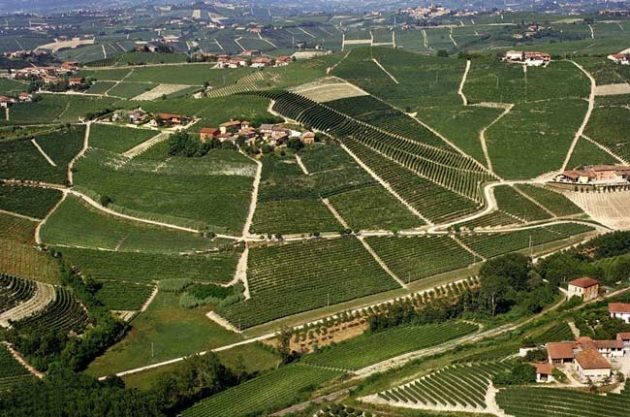
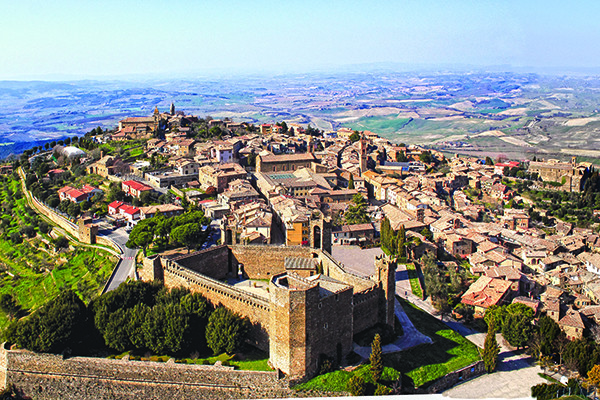
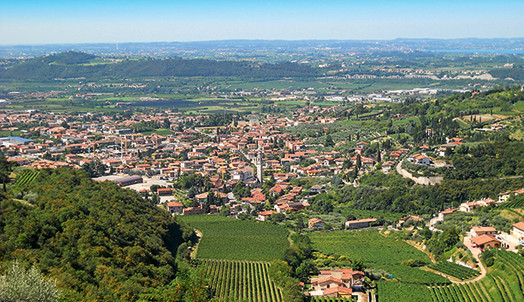
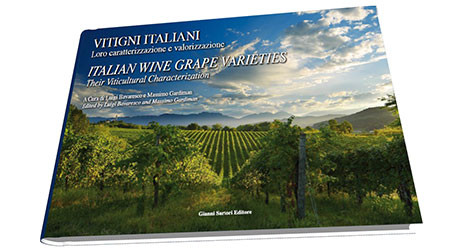
Comments
Submit